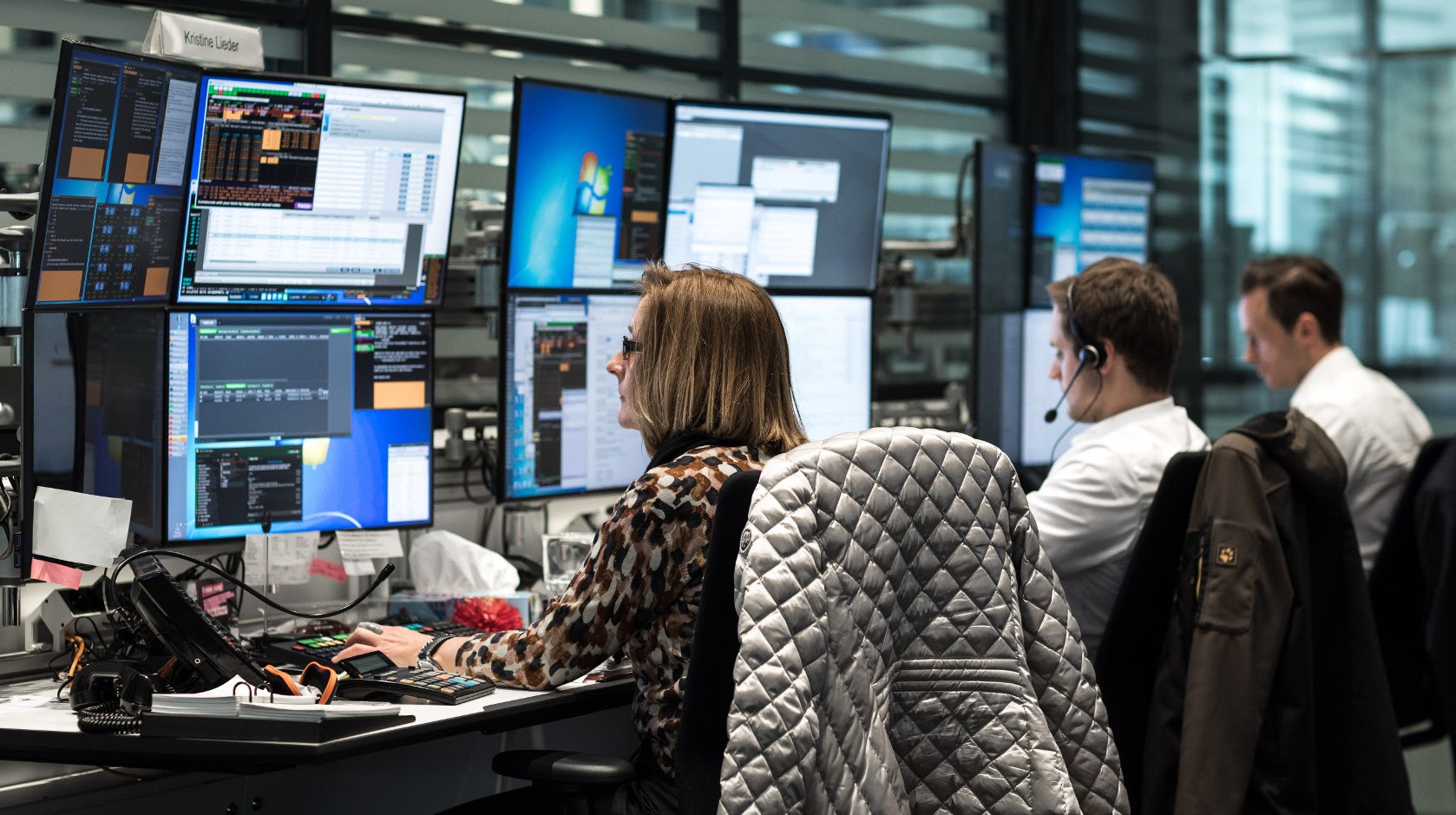The German bank's head of corporate venture capital tells us why generative AI will be the centre of an entire industry, and why now is a great time for CVCs to invest.

Deutsche Bank has identified some 200 potential use cases for generative artificial intelligence, and the technology is becoming a key focus for the bank’s early-stage investment activities, says Joerg Landsch, head of central corporate venture capital (CVC) for the German financial services firm.
“The market is huge,” Landsch tells Global Corporate Venturing. “We as a bank have all these opportunities, but then you look at all the other banks, all the other industries and verticals, and it’s massive.”
Generative AI is hot right now and has been responsible for several large rounds this year, headed by a $10bn pledge by Microsoft to ChatGPT creator OpenAI. Deutsche Bank itself contributed to a $14.2m round for Finanzguru, the developer of an AI-powered banking assistant, in April this year.

The specific use cases Deutsche Bank has for generative AI are confidential, but are expected to involve everything from monitoring legal documents and detecting money laundering to automating basic back-office work.
While the likes of OpenAI, Cohere and Anthropic are raising big money for their large language models (LLMs), Landsch expects the technology to be verticalised, much as the cloud has been absorbed into a wide range of software products in recent years.
“What will happen now is you will have an industry of products developed around generative AI,” Landsch says. “Governance, cybersecurity, methods of seeing whether there is any bias in there – how do you make sure as an organisation that you govern the LLM morals correctly and there is no ‘black box’?
“Those kinds of tools which exist around the actual models themselves will be great investments. Those will be great solutions we’ll see in the near future.”
Fintech investments beyond AI
Landsch says AI and environmental, social and corporate governance (ESG) technology are Deutsche Bank’s two biggest priority areas in CVC, followed by cybersecurity and then probably the future of work and cloud software.
Financial technology has been amongst the most vibrant in recent years, particularly in the covid era. At that point, corporate VC money that had been going into digital banking app started to go to payment, digital asset and buy now, pay later (BNPL) products. Now the market has moved on again as economic factors shift, Landsch says.
“We’re living in a different world in terms of the interest rate environment,” he says. BNPL specialists like Klarna have seen their funding costs hit by interest rate rises, and a note from ratings agency Fitch last year suggested traditional banks will benefit more from rising interest rates than challenger banks, due to the latter leaning more heavily on savings deposits.
There has also been a return to more “normal” startup valuations after the exceptional years of 2020 and 2021, says Landsch. At the GCV Symposium in London last week, Landsch told the audience it was a good time for corporates to invest, as they can have a particularly strong presence in a round right now.
“What we currently see in the market is a shift from the old paradigm of ‘grow, grow, grow’ to profitability”
“What we currently see in the market is a shift from the old paradigm of ‘grow, grow, grow’ to profitability,” Landsch says. And what CVCs bring to the cap table is a signal that the technology is worthwhile.
Because CVCs usually have a strategic mandate, there is a good chance their parent organisation will end up using a startup’s product. At a time when profitability is important, that means revenue. But if that organisation is particularly large with a well-respected brand, it effectively gives their portfolio companies a seal of approval.
“CVCs can be a really strong signal for startups to attract new clients,” Landsch says. “If there’s a Fortune 500 company investing and partnering with a startup, it can provide acceleration in their client generation pipeline.”
There is another important factor, Landsch says. In the early 2000’s, a lot of CVCs pulled back in the wake of the dotcom crash, licking their wounds, shuttering their units and deploying money elsewhere, which ended off scaring away other potential investors. We’re going through a downturn right now, but this time the corporates are staying put and actually taking advantage of lower valuations to invest earlier.
“For those reasons, I think it’s a really good time right now to add a CVC to the cap table,” he adds. “The client signalling and the long-term view, as a lot of CVCs invest from balance sheet and they don’t follow the six-year, seven-year fund cycle. If it takes longer, that’s okay for us as a strategic investor. There’s way more focus on what the product and the development process is.”









